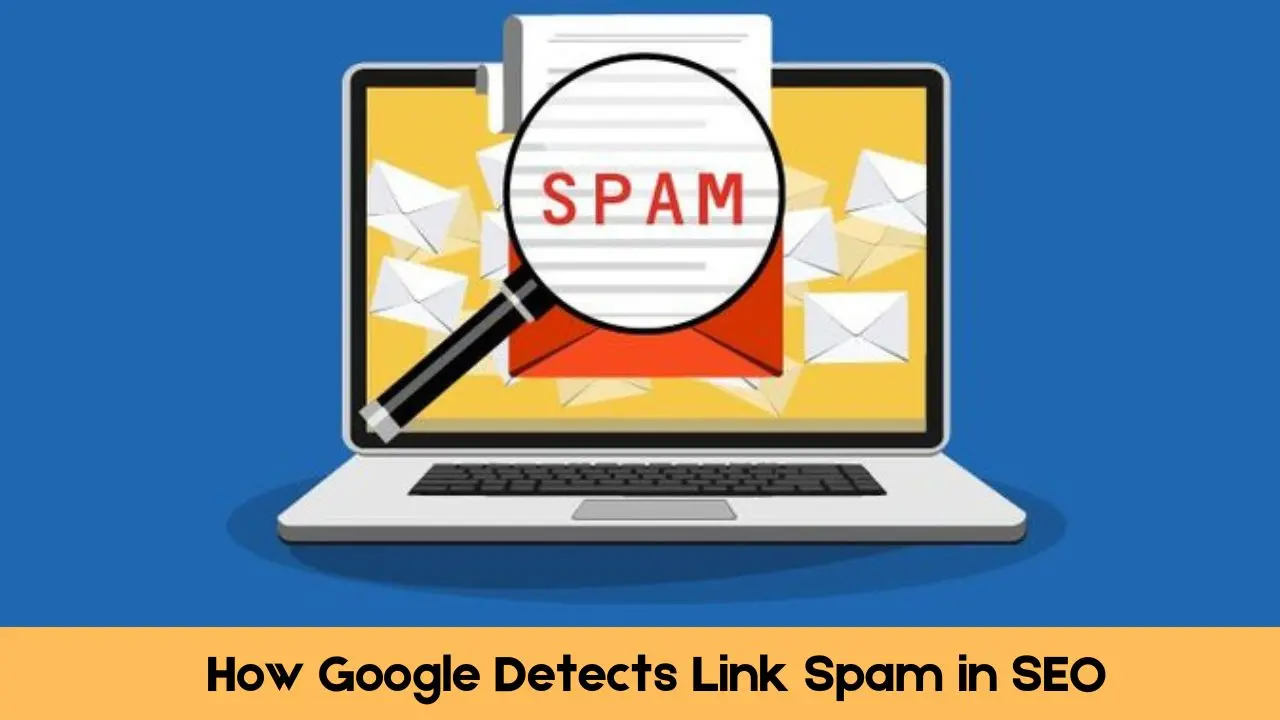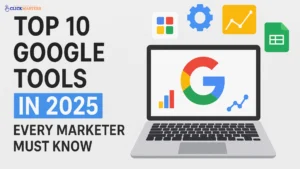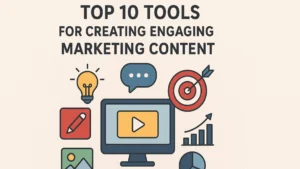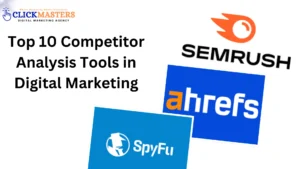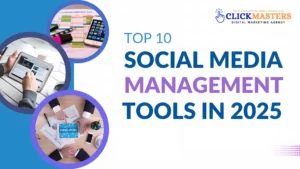Google evaluates link spam in off-page SEO using advanced algorithms like SpamBrain and Penguin, which detect unnatural linking patterns, over-optimized anchor texts, and links from irrelevant or low-quality sources. It focuses on the linking domains’ relevance, trustworthiness, and authority. Any attempt to manipulate rankings through paid links, link schemes, or spammy practices is flagged, penalized, or ignored.
How Google Evaluates Backlinks for SEO Trust
Google assesses links based on how contextually relevant they are to the content they point to. It values backlinks from authoritative, credible domains and prioritizes those that offer genuine value and trust to users, not just search engines.
🔹 Relevance: Content-Topic Alignment
Google gives more value to backlinks from websites or pages closely related to your content. If a link comes from an unrelated topic, it’s seen as less helpful for users and may not improve your SEO.
🔹 Authority: Domain Credibility and Trust
Links from high-authority websites — like well-known blogs, news sites, or trusted platforms — are considered more potent. These sites have a strong reputation, so Google trusts their links more than from new or unknown sites.
🔹 Trustworthiness & User Value
Google looks at whether a link helps users by offering more information or guiding them to something useful. If the link seems spammy or doesn’t benefit the reader, it can harm your ranking instead of helping it.
🔹 Contextual and Natural Linking
A good backlink should naturally be part of the content and feel like it belongs there. Google is smart enough to spot links that are forced, out of place, or added just for SEO, and it may ignore or even penalize them.
Google Algorithms Use to Detect Spammy Backlinks
Google uses powerful algorithms to determine if a backlink is natural or made to trick the search engine. These smart-systems check link patterns, quality, and behavior to stop spammy SEO practices.

🔸 SpamBrain: Google’s AI-Based Spam Detection System
SpamBrain is Google’s innovative AI tool that learns from patterns and behavior and finds spammy links. It works in the background and quickly detects low-quality, fake, or unnatural backlinks without human help.
🔸 Penguin Algorithm and Its Impact
The Penguin update was made to catch websites using shady link-building tactics like link farms or keyword-heavy anchor texts. It punishes websites with unnatural backlinks and helps fair, high-quality sites rank better.
🔸 Machine Learning in Spam Detection
Google uses machine learning to keep improving how it spots new types of link spam. As spammers change their tactics, Google’s systems become more innovative, learning to detect and block bad links more accurately over time.
How to Identify Spam Links?
Identifying spam links is crucial for maintaining a healthy backlink profile. Here are some key signs to look for:
- Irrelevant or Low-Quality Websites
Links from unrelated websites or those with poor content quality are often spammy. - Over-Optimized Anchor Text
If anchor texts are overly optimized with exact-match keywords, it’s a red flag. - Unnatural Link Patterns
Sudden spikes in backlinks or too many links from the same domain are suspicious. - Paid Links
Links that seem to be bought or exchanged purely for SEO purposes, without any real context, are considered spam. - Links from Link Farms or PBNs
Links originating from link farms or private blog networks (PBNs) are often spammy.
How Google Detects Spammy Links in Your Backlink Profile
To catch spammy backlinks, Google looks at several warning signs in your link profile. These signs help determine whether the links are earned naturally or created to cheat the system. If Google finds manipulative patterns, it may ignore those links or penalize your website.
🔹 Unnatural Link Patterns
If a website suddenly gets many links from unrelated or low-quality sources, Google sees it as a red flag. A natural backlink profile grows slowly and steadily over time.
🔹 Over-Optimized Anchor Text
When the exact keyword-rich text is used repeatedly in backlinks, it looks suspicious. Google expects anchor text to vary naturally, like how people usually link to something.
🔹 Low-Quality or Irrelevant Source Links
If your backlinks come from websites unrelated to your niche, filled with ads, or offer no real value, Google will likely ignore them. Too many of these links can hurt your SEO rather than help it.
🔹 Link Velocity and Growth Pattern
Google watches how fast your backlink profile grows. If your site suddenly gets hundreds of links overnight, especially from weak sources, it can look suspicious. A steady, organic link-building pace is seen as more trustworthy and natural.
Ready to get rid of spammy backlinks? Let us help you optimize your link profile and enhance your rankings!
Google penalizes various types of link spam
Google strongly discourages manipulative link-building practices. It has clear rules against unnatural link schemes that unfairly boost rankings. If your site is involved in the following link spam methods, you risk penalties or having your links entirely ignored by Google.
🔹Paid Links and Unnatural Exchanges
Paid links are backlinks you buy to improve your search rankings, not because someone genuinely wants to link to your content. Similarly, unnatural link exchanges — like “I’ll link to you if you link to me” — are also against Google’s guidelines and can lead to penalties.
🔹Link Farms and PBNs (Private Blog Networks)
Link farms and PBNs are networks of websites built only for linking purposes, not for accurate content or users. These sites often link to each other or specific domains in bulk to boost rankings. Google’s algorithms are designed to detect and devalue these networks quickly.
🔹Comment Spam and Forum Spam
Spamming blog comments or forums with backlinks, especially using automated tools, is a common black-hat tactic. These links are often irrelevant to the topic and provide no real value. Google either ignores these links or penalizes the websites that heavily rely on them.
Conclusion
🔹 Summary of Key Points
In off-page SEO, Google uses intelligent algorithms like SpamBrain and the Penguin update to find and stop unnatural link-building. It checks backlinks based on their relevance, authority, trustworthiness, and usefulness for users.
🔹 Penalties & Risks
If a website is involved in spammy link tactics like paid links, link farms, or comment spam, Google may lower its search ranking — or, in severe cases, remove it from search results altogether.
🔹 Actionable Takeaway
Instead of trying to trick the system, focus on earning quality backlinks by creating helpful, valuable content. Stick to white-hat SEO practices and build your link profile naturally and honestly.
🔹 Final Note
By understanding how Google assesses link spam in off-page SEO, you can protect your site from penalties and build a strong, long-lasting presence in search results that benefit users.
Frequently Asked Questions (FAQ)
1. What is link spamming in SEO?
Link spamming creates low-quality or manipulative backlinks to trick search engines into improving a site’s ranking. This includes tactics like paid links, comment spam, and link farms.
2. How does Google detect spammy links?
Google uses intelligent algorithms like SpamBrain and Penguin to find spammy link patterns, such as unnatural anchor texts, rapid link growth, and irrelevant or low-quality linking sites.
3. Does Google ignore bad backlinks automatically?
In many cases, yes. Google may ignore spammy links and not count them toward your SEO. However, repeated use of spam tactics can trigger manual penalties.
4. What types of link spam can hurt my website?
Links from paid schemes, private blog networks (PBNs), irrelevant blog comments, or link exchanges can hurt your site by damaging its trust and leading to ranking drops.
5. How can I protect my site from link spam?
Avoid black-hat tactics, regularly audit your backlinks using tools like Google Search Console or Ahrefs, and focus on earning natural, high-quality links through valuable content.

